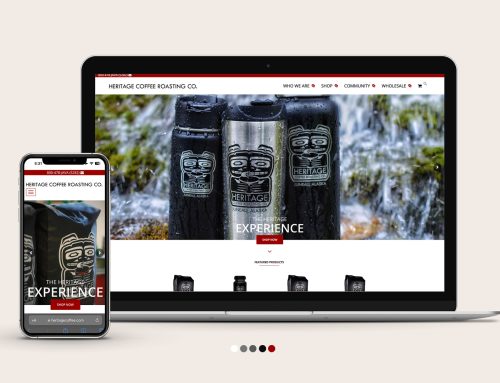BRANDING
Definition: The marketing practice of creating a name, symbol or design that identifies and differentiates a product from other products .
“Logos and branding are so important. In a big part of the world, people cannot read French or English–but are great in remembering signs”
― Karl Lagerfeld
An effective brand strategy gives you a major edge in increasingly competitive markets. But what exactly does “branding” mean? Simply put, your brand is your promise to your customer. It tells them what they can expect from your products and services, and it differentiates your offering from that of your competitors. Your brand is derived from who you are, who you want to be and who people perceive you to be.
Are you the innovative maverick in your industry? Or the experienced, reliable one? Is your product the high-cost, high-quality option, or the low-cost, high-value option? You can’t be both, and you can’t be all things to all people. Who you are should be based to some extent on who your target customers want and need you to be.
The foundation of your brand is your logo. Your website, packaging and promotional materials–all of which should integrate your logo–communicate your brand.
Your brand strategy is how, what, where, when and to whom you plan on communicating and delivering on your brand messages. Where you advertise is part of your brand strategy. Your distribution channels are also part of your brand strategy. And what you communicate visually and verbally is part of your brand strategy, too.
Consistent, strategic branding leads to a strong brand equity, which means the added value brought to your company’s products or services that allows you to charge more for your brand than what identical, unbranded products command. The most obvious example of this is Coke vs. a generic soda. Because Coca-Cola has built a powerful brand equity, it can charge more for its product–and customers will pay that higher price.
The added value intrinsic to brand equity frequently comes in the form of perceived quality or emotional attachment. For example, Nike associates its products with star athletes, hoping customers will transfer their emotional attachment from the athlete to the product. For Nike, it’s not just the shoe’s features that sell the shoe.
Defining your brand is like a journey of business self-discovery. It can be difficult, time-consuming and uncomfortable. It requires, at the very least, that you answer the questions below:
What is your company’s mission?
What are the benefits and features of your products or services?
What do your customers and prospects already think of your company?
What qualities do you want them to associate with your company?
Do your research. Learn the needs, habits and desires of your current and prospective customers. And don’t rely on what you think they think. Know what they think.
Once you’ve defined your brand, how do you get the word out? Here are a few simple, time-tested tips:
Get a great logo. Place it everywhere.
Write down your brand messaging. What are the key messages you want to communicate about your brand? Every employee should be aware of your brand attributes.
Integrate your brand. Branding extends to every aspect of your business–how you answer your phones, what you or your salespeople wear on sales calls, your e-mail signature, everything.
Create a “voice” for your company that reflects your brand. This voice should be applied to all written communication and incorporated in the visual imagery of all materials, online and off. Is your brand friendly? Be conversational. Is it ritzy? Be more formal. You get the gist.
Develop a tagline. Write a memorable, meaningful and concise statement that captures the essence of your brand.
Design templates and create brand standards for your marketing materials. Use the same color scheme, logo placement, look and feel throughout. You don’t need to be fancy, just consistent.
Be true to your brand. Customers won’t return to you–or refer you to someone else–if you don’t deliver on your brand promise.
Be consistent. This tip involves all the above and is the most important tip on this list. If you can’t do this, your attempts at establishing a brand will fail.




